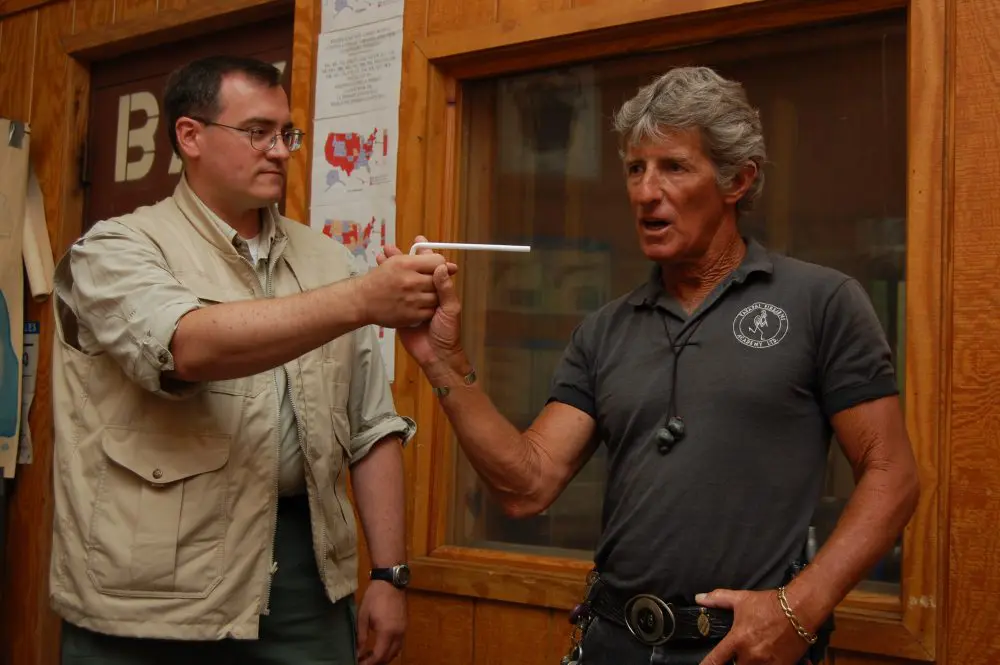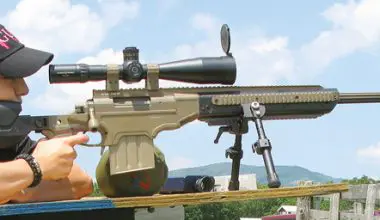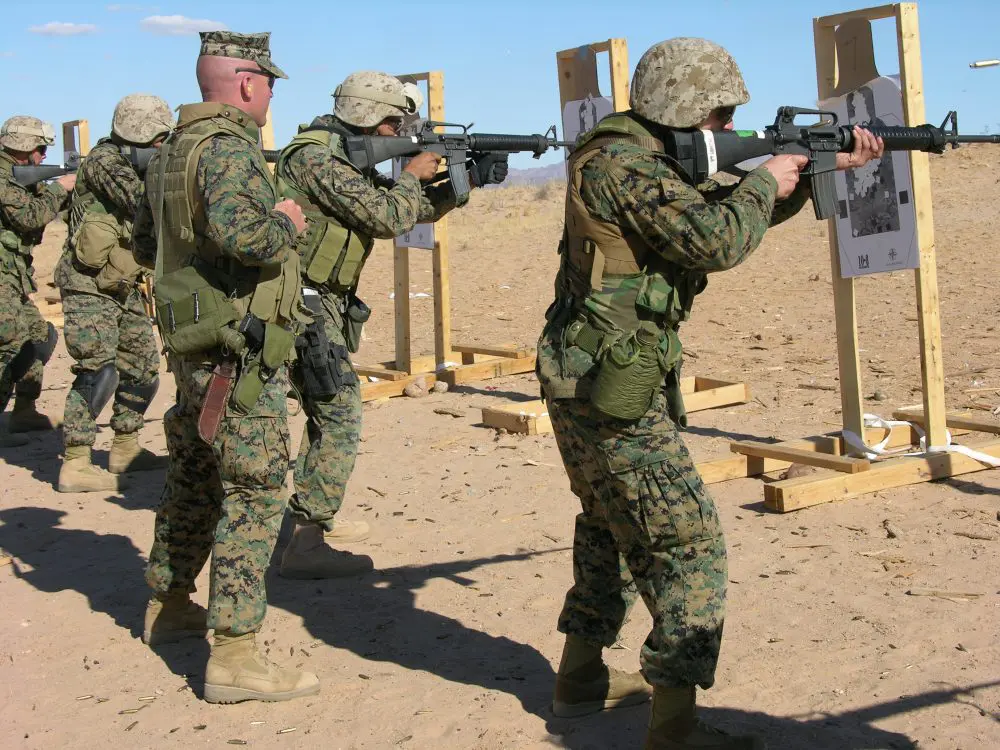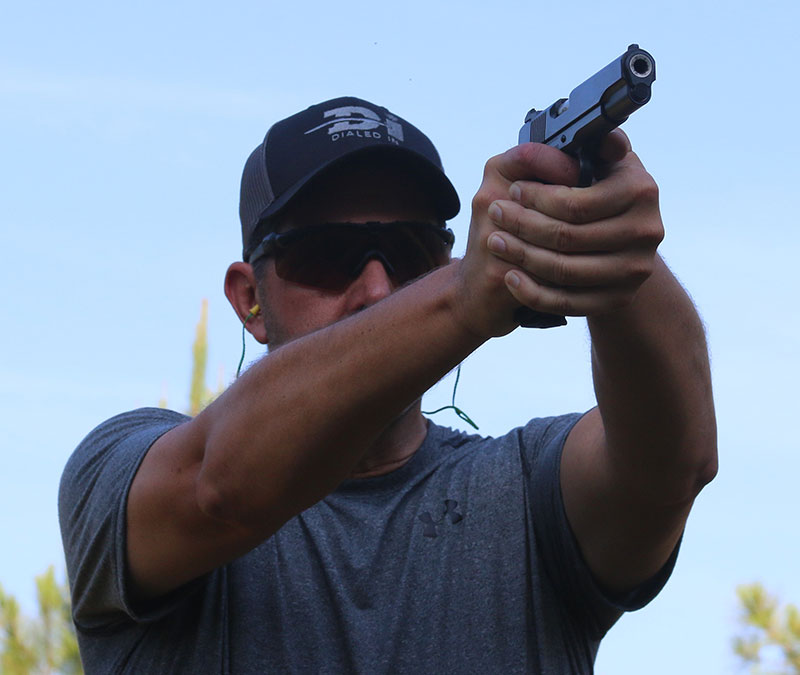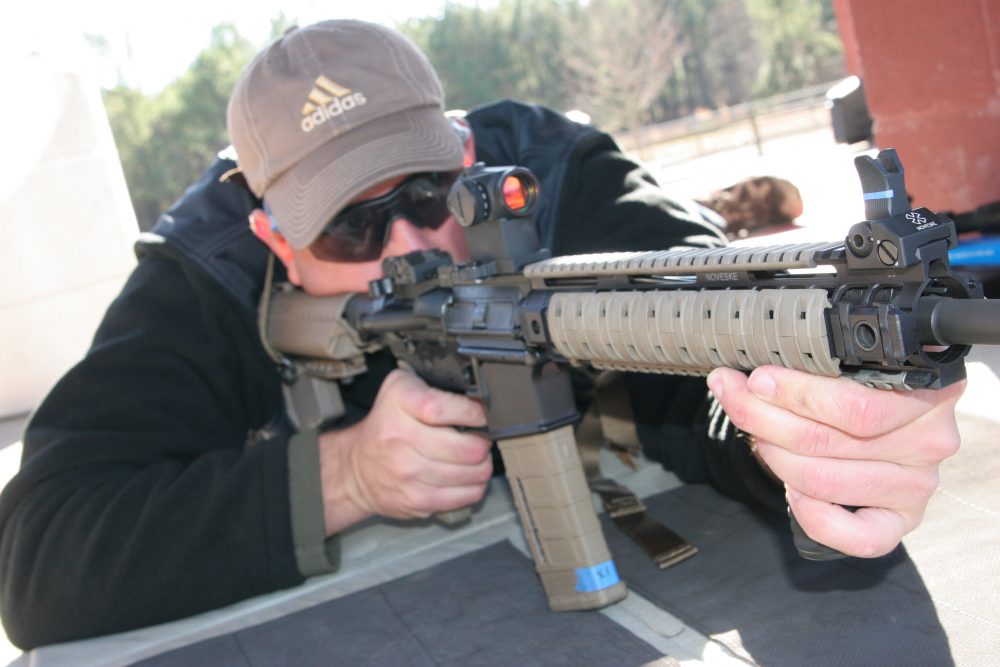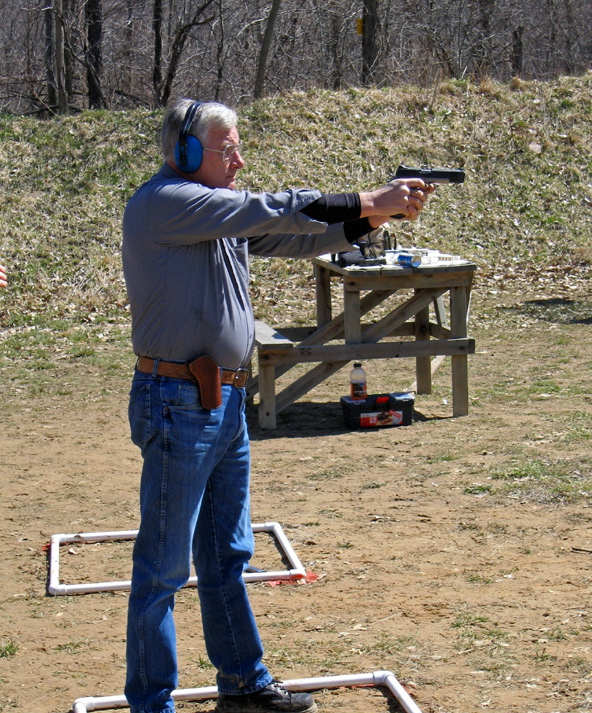FOR at least 40 years, it’s been the same old song. “The 9 Millimeter Versus the .45—A ‘New’ Look”; “The Revolver Versus the Semi- Auto—Which Is Better?”; “The Shotgun Versus the Handgun for Home Defense—A Different Viewpoint.”
The same non-conclusional arguments were probably going on 4,000 years ago, with verbal discourses along the lines of, “My bowstring is made out of mammoth intestines, while yours is constructed from old-fashioned dinosaur hide,” or “My spear point is made of unicorn horn while yours merely came from the horns of a dilemma.”
It never stops and is primarily based on the hunter-gatherer’s ability—or lack thereof—to down his intended target. But while there is no doubt that huge strides have been taken in the advancement of weapons and ammunition development over the years, the equipment constitutes only a small part of the overall picture of an enemy’s demise. Small, but vital.
But what may warrant a second look is the subject of terminal ballistics: where fired projectiles come to rest. As stated above, gargantuan improvements have been made in the mechanical design of mission-specific ammunition, but the same has been achieved in the automobile industry— and that hasn’t stopped drunk drivers from murdering innocents.
Hence is reared the ugly head of bullet overpenetration.
For the most part, we are all aware of Colonel Cooper’s fourth Safety Rule: “Be Sure of Your Target.” Extrapolating on this, in essence it means identify your intended target and its surroundings—fore, aft, and to the sides. And that is obviously a combination of common sense and intelligence.
The potential collateral problem can arise from accepting quoted ballistic figures on what should happen on blind faith, and/or not taking this information and applying it in human target terms, and/or simply being cursed by Murphy’s Law.
For example, if you have a soft earthen backstop the size of the Matterhorn behind your range target, it doesn’t matter if you’re firing .50-caliber armor-piercing rounds or subsonic air pellets—the range is safe. On the other hand, if you’ve connived Mommy into holding your target, it doesn’t matter whether you’re shooting a Sharps rifle or launching a combat-proven rock from your velcro-strung tactical sling: She’s an idiot for marrying you, and either you’re also an idiot or you’re trying to get rid of her to clear the way for that hot little sports model you saw at the strip club last week.
So much for a clear lane or angle of fire. You simply cannot safely fire at a target when there is animal life in the vicinity. Unless collateral death or injury is an option, or a known-in-advance potential—and on rare occasions, it is—you can’t send a bullet downrange and assume it won’t overpenetrate the crook and continue its path into somebody else. You have to change your angle of bullet incidence on the target or shoot for a different part of his anatomy.
If we’re in agreement that you don’t intentionally align the target and innocents with your gun muzzle, what are the actualities of bullet overpenetration?
The current line of thinking by the few ballisticians who actually know what they’re talking about requires approximately 12 inches of projectile penetration from the Magic Pistol Bullet into human tissue for ideal energy transfer, which is fine if you have an enemy comprised of 12 inches of human tissue. And if the bullet doesn’t glance off teeth, a curved rib, a belt buckle, a bra (it’s happened) or a baseball cap’s bill. (Struck dead-on at 90 degrees, a bullet from any pistol and any rifle up to .30-06 power and caliber will bounce off at an incident angle of 90 degrees if fired from a distance of 18 feet—and that includes a full-power 12-gauge slug.)
Here it is, simply stated: If your ideal pistol bullet is fired side-on to his arm and it hits bone, you don’t have the 12-inch penetration. If it’s a throat shot, it probably goes through. This doesn’t mean he won’t go down with an air pistol pellet in his pinkie. What it means is that specialty bullets like armor piercing or home-defense loads are designed mission-specific and based on the law of averages.
Want birdshot in your shotgun so you don’t blow up the house if you miss the intruder? That’s fine, as long as the muzzle isn’t four feet from a sheetrock wall when you miss him. Because it’s still an ounce of slug-sized lead pen-etrating the wall before dissipating into individual pellets and spreading into your kid’s eyes on the other side of the wall at that distance. Of course it won’t overpenetrate to quite the same degree as a slug, but neither will a .223 carbine round overpenetrate as much as round-nosed 9mm hardball.
The pre-fight drama is usually ever-changing and requires continuous mental updates on strategy, tactics, and diligent observation of a safe lane of fire. Failure to do this can result in your injury or death. Or worse, you could deliver the “friendly fire” round. And obviously the same applies if the fight lasts longer than one or two seconds.
It’s a Catch-22 situation. If a bullet is designed to perform at its best in a certain situation, it may well prove to be the worst choice in another situation. If your target quits, you cease fire. If he doesn’t shut down, you shoot him repeatedly until he does. You may miss on occasion, but the projectile has to terminate in a safe area. You don’t want to be shooting friendlies, because you’ll never get a night’s sleep for the rest of your life, whether you’re in prison or not.
As there are no guarantees, all you can do is roll the dice, select the best potential equipment for the job, observe Rule Four, and pray a lot.
And stay out of strip joints….
